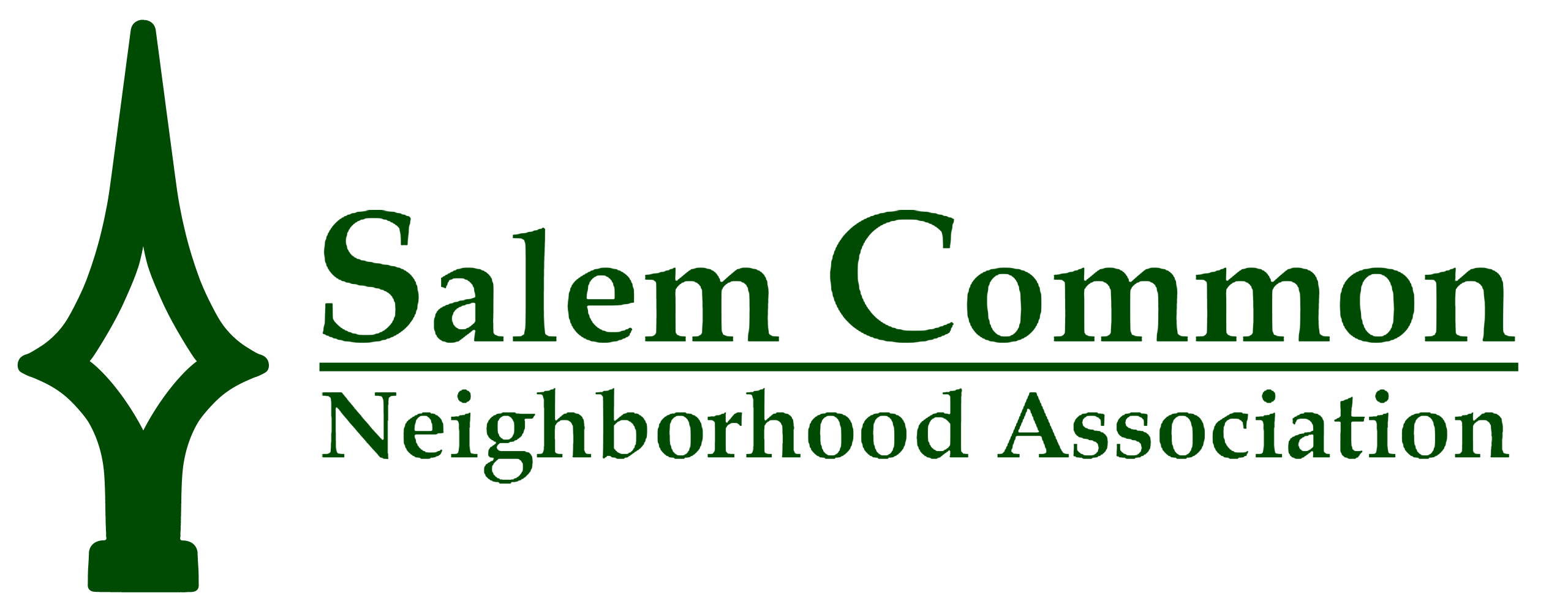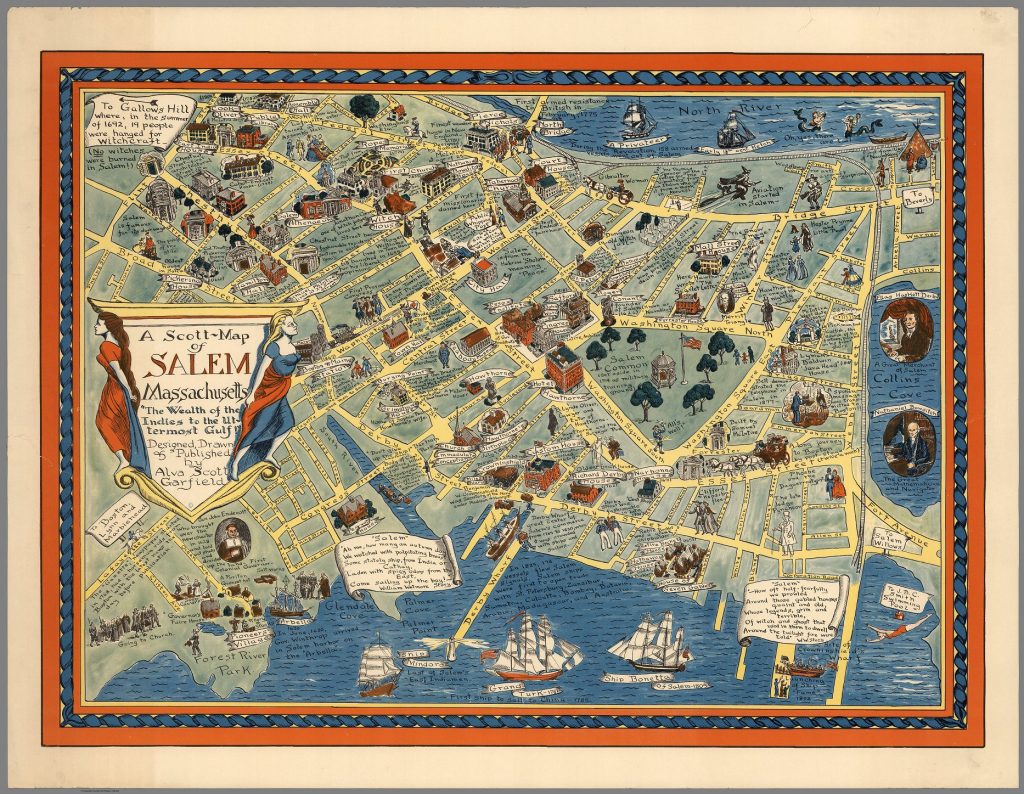History of the Salem Common District
Salem Common Historic District
is a historic district bounded roughly by St. Peter’s, Bridge, and Derby Sts. and Collins Cove in Salem, Massachusetts
Common History and the Birthplace of the National Guard
The Salem Common was founded in the 17th century. In 1637 the first muster on Salem Common took place where for the first time, a regiment of militia drilled for the common defense of a multi-community area, thus laying the foundation for what became the Army National Guard. On August the 19th 2010, the Governor of Massachusetts Deval Patrick signed HB1145, “An Act Designating the City of Salem as the Birthplace of the National Guard.” This is the first step and then was later approved by the House in Washington in March 2012. President Barack Obama on the 10th of January 2013 signed executive order HR1339 “which designates the City of Salem, Mass., as the birthplace of the U.S. National Guard.”
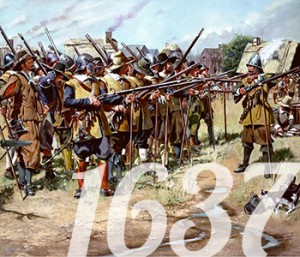
Each April, the Second Corps of Cadets gather in front of St. Peteras Episcopal Church, where their founder, Stephen Abbott, is buried. They lay a wreath, play Taps and fire a 21 gun salute. In another annual commemoration, soldiers gather at Old Salem Armory to honor soldiers who were killed in the Battles of Lexington and Concord. On April 14, 2012 Salem celebrated the 375th anniversary of the first muster on Salem Common with over More than 1,000 troops taking part in ceremonies and a parade.
Salem Common Fence
Before 1800, there was no enclosing fence for the Salem Common and livestock were free to roam across it. The area was also used for rope making. Once a low hilly area with marshy ponds, in 1802 this was improved to make a flat training field for local militias.
The cast iron fence was added in 1850 at a cost of $7000 and plantings of elm and maple trees replaced the poplar trees. Cast iron is a commercial alloy of iron, carbon, and silicone that is cast in a mold and is hard, brittle, nonmalleable, and incapable of being hammer wielded but more easily fusible than steel. The fence has octagonal cast iron posts that are capped by foliate urns with pine-cone like tops. 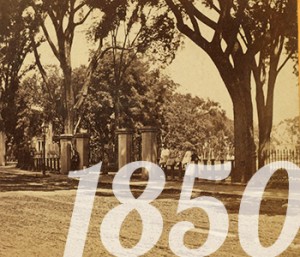
There are 247 panels in the fence. Each panel consists of iron pickets that are topped with alternating designs of diamonds or spears. At the base of the fence are continuous Xs decorated by rosettes. The fence has undergone restoration a number of times. Currently, there is an effort underway to replace all damaged sections of fencing.
The Salem Common fence was listed on the National Register of Historic Places in 1976. In the 20-year period from 1979 to 1999, $409,000 was invested in repairs to the Salem Common Fence. In 2004, the SCNA engaged the services of a company specializing in the fabrication and restoration of ornamental iron work to assess the condition of the fence. The company estimated the replacement cost of a single post and panel set at $7,945 making the total value of the fence over 1.9 million.
In 2007, the SCNA successfully nominated the Salem Common Fence for placement on the “Endangered Historic Resource” list of Historic Salem, Inc.
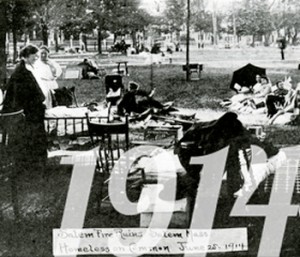 Salem Fire of 1914
Salem Fire of 1914
In the weeks following the Salem Fire in 1914, the Common was a temporary home to many who had lost their homes in the fire. It was also used as the playground for nearby Phillips School (now replaced with residential housing).
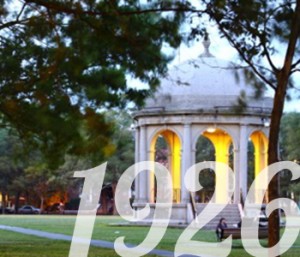 Salem Common Bandstand
Salem Common Bandstand
The bandstand at the Salem Common was constructed in 1926 in commemoration of the city’s Tercentennial. Philip Horton Smith designed this finely-proportioned bandstand in Colonial Revival style, domed and temple-like. In 1976, the bandstand was dedicated to longtime Salem Band director, Jean Missud of the Salem Cadet Band fame.
Washington Arch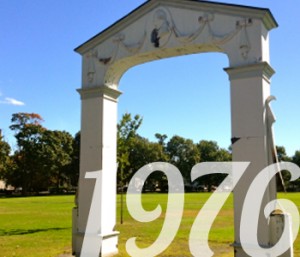
The saga of the Washington Arch on the Common spans more than 200 years of Salem history. The original arches were four gateways to the Common – north, west, east, and south – when, during the first half of the 19th Century, the grounds were enclosed by wooden fencing. The main entranceway on the west bore carvings by Salem’s woodworking luminary, Samuel McIntire (1757-1811): on one face, an oval profile of George Washington flanked by curtain swags; on the opposite face, a martially-embellished version of the State Seal; and, atop the Arch’s peak, a boldly-perched American Eagle. When iron replaced the wooden-fence enclosure in 1850, McIntire’s carvings (except the curtain swags) were conserved, but the Arch was not.
More than a century later, in 1976 (as part of the national bicentennial) a scaled-down replica of the Arch was erected on the Common. Carved wooden copies of McIntire’s Washington profile and its flanking swags, and his version of the seal, were mounted on the replica, but the eagle was omitted.
Over a period of decades, the elements severely damaged the replica arch and brought its carvings to ruin. For more than a dozen years, the SCNA has been collaborating with many individuals and organizations to restore the replica arch. Their labors have included extensive structural repair, repainting, hardscaping, and placement of explanatory signage. The effort culminates in the Spring of 2023, with the installation of faithful scaled reproductions of McIntire’s original work on Washington’s profile, the swags, and the pinnacled eagle, now prepared for greater endurance against the elements.
Designation as Historic Place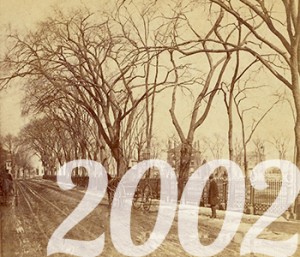
The Salem Common district was added to the National Register of Historic Places in 1976, and further expanded in 2002. The district boundaries include the Essex Institute Heritage District, a cluster of buildings along Essex and Brown Streets owned by the Peabody Essex Museum.
The Salem Common Playground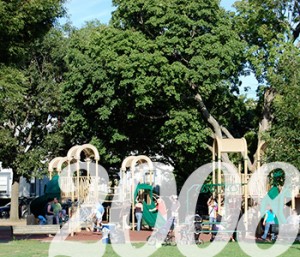
The SCNA had been concerned about the condition of the playground as the equipment was over 25 years old, well past its life expectancy. The SCNA partnered with Parents United of Salem to form a Playground Committee which came up with a design for the area. Because the playground area was located in an historic district, it had to comply with historic restrictions. Through a series of fundraisers, grants, and funding from the City, the monies for the new playground were raised. A community build was held May, 2008 and the new playground opened June, 2008.
The Salem Common Today
Today the Common is used for recreation, concerts and other cultural events, weddings, an annual muster, family fun – movies in the summer, pizza night, ice cream social, local “green” initiatives, and as a place for rest and reflection. According to the Salem Department of Parks and Recreation, the walkway around the perimeter of the Common is one-half mile. This walkway was recently restored thanks to the generosity of Aggregate Industries.
